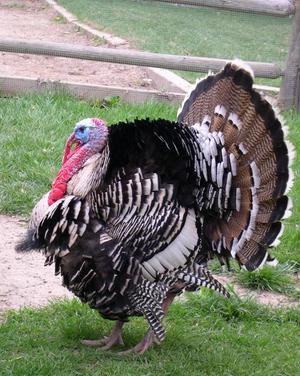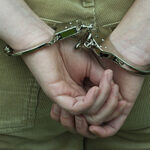Pheasant hunting over a well trained dog is a thing of beauty. Watching the dog work and scratching his head after he retrieves the fallen pheasant is what most people imagine when they think of pheasant hunting. But the reality is that with more and more people living in urban and suburban areas, the loyal pheasant dog has been replaced with lazy couch dog. I have one of the latter myself. But even without a dog, pheasants (and other game birds and rabbits) can be hunted quite successfully by the lone hunter. Here are some tips to make your dogless trips pheasant hunting more successful.
First, pheasant hunters without a dog need to either avoid open fields or hunt them very carefully. Without a dog, a hunter is more likely to run the pheasant than to flush it. The quick footed pheasant will be able to keep a safe distance between the hunter and itself. Hunters need to hit areas of fields that will lead to a surprise meeting with the pheasant. Hunters who quickly appear to the pheasants by coming over ridges, stepping out of thick brush, and coming around field corners quickly after a quiet approach may lead to a few flushed pheasants. But the best bet is to hunt the thicker cover.
In thicker cover pheasants are often more prone to fly than to run as their large size makes moving through the thick brush difficult at times. Look for those thin lines of thick vegetation such as overgrown drainage ditches, fencerows and the like. Brushy areas near ponds are great as well as the pheasant forced toward the water will have to fly. Be certain to not shoot the bird over the water unless you have a way to retrieve it. Many farms ponds are not very deep, but the muddy bottoms make wading into them impractical.
Hunters should hunt pheasants into the wind whenever possible. This is due to the fact that pheasants seem to prefer to fly into the wind which allows them to quickly turn off to a side in the head wind. Hunters should consider which way pheasants are likely to go when entering the brush. There are two thoughts on this. One states that pheasants are more likely to fly when heading out into the open, but others say that this leads to pheasants running into the fields and away from the hunters. Another thought is that hunters should push into thicker brush as the pheasants will flush into the air instead of run into the brush, others say that the pheasant will simply move into the thicker stuff. Hunters should look at the specific situation that faces them and make the decision as to what might be best. In any case, you’ll find more pheasants in the brush than standing in the road trying to determine what to do.
Whether or not you have a dog, give pheasant hunting a try.




